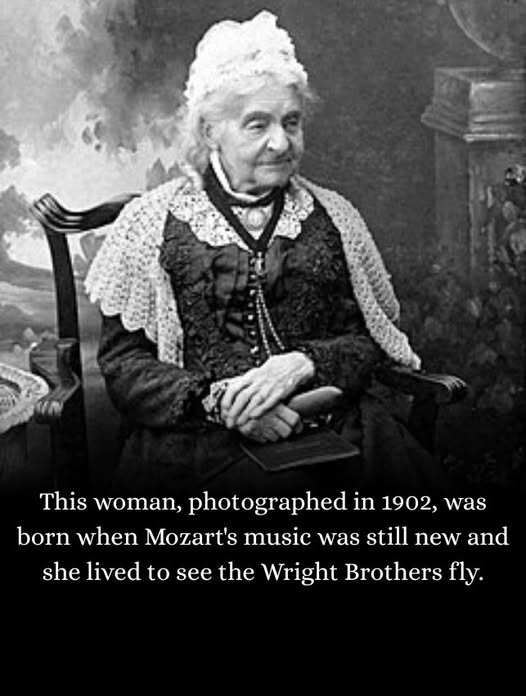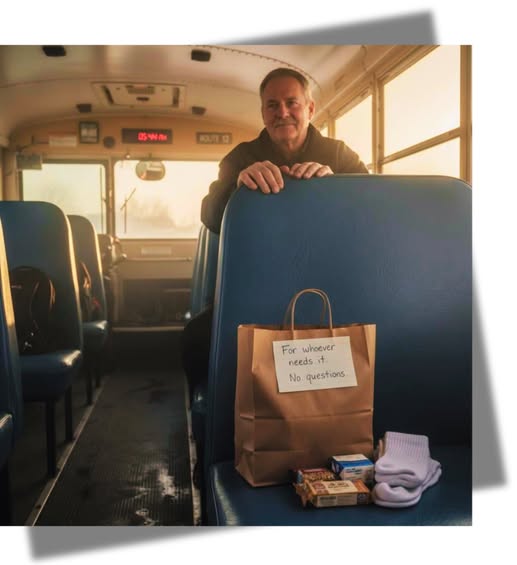“Then let us all do what is right, strive with all our might toward the unattainable, develop as fully as we can the gifts God has given us, and never stop learning.” – Ludwig van Beethoven (1770 – 1827)
A Couple Of Relationship Management Tips
Some people have an inclination to help, often to their own detriment. This can come about because they, as some put it, “don’t know how to say no.”
Here are a couple of responses I heard recently that may be of assistance to help politely avoid making harmful commitments.
If someone wants you to do or agree with something that you have reservations about or perceive is not in your best interests, one handling is to respond with, “That doesn’t work for me.”
If someone pushes you to do something you do not agree with or understand, or want to think through the ramifications or need external advice on, something you can say that is not a straight up no is, “Let that sit with me for a while.”
Quote of the Day
“Do the difficult things while they are easy and do the great things while they are small. A journey of a thousand miles must begin with a single step.” – Lao Tzu, Philosopher (604 – 531 BC)
Quote of the Day
“Our body is a machine for living. It is organized for that, it is its nature. Let life go on in it unhindered and let it defend itself.” – Leo Tolstoy, Writer and Philosopher (1828 – 1910)
Historical Perspective

Quote of the Day
“Talent hits a target no one else can hit. Genius hits a target no one else can see.” – Arthur Schopenhauer – Philosopher (1788 – 1860)
Margaret Ann Neve

Look carefully at this photograph from 1902.
The elderly woman staring back at you was born in 1792—when George Washington was still President of the United States, when the guillotine was falling in Revolutionary France, and when the entire concept of photography wouldn’t be invented for another four decades.
Her name was Margaret Ann Neve, and she would become one of the most remarkable humans ever documented.
When Margaret entered the world on the island of Guernsey in 1792, King George III ruled Britain, Napoleon was a young military officer, and the 19th century hadn’t even begun. She grew up in a world lit by candlelight, traveled by horse and carriage, and communicated through handwritten letters that took weeks to arrive.
But Margaret wouldn’t just witness one century—she would conquer three.
As the decades rolled forward, Margaret watched the world transform around her in ways no generation before had ever experienced. She saw the Industrial Revolution reshape society. She witnessed the rise and fall of empires. She lived through the invention of the telegraph, the railroad, the telephone, and finally—remarkably—she sat still long enough to have her photograph taken.
Margaret didn’t spend those 110 years in isolation, quietly waiting for time to pass. She lived.
Alongside her sister Elizabeth, who herself would reach 98, Margaret traveled extensively across Europe—an extraordinary feat for women of their era. In 1872, when Margaret was already 80 years old, the sisters made their final grand journey together to Kraków, then a vibrant city in the Austro-Hungarian Empire.
Their mother had lived to 99. Longevity ran through their family like a genetic gift, but Margaret took it further than anyone could have imagined.
On April 4, 1903, Margaret Ann Neve passed away at 110 years and 321 days old. When she died, she held two records that seemed almost mythical: she was the first verified woman ever to reach 110 years of age, and only the second person in recorded history to do so.
But her most astonishing achievement? Margaret Ann Neve remains the first documented human being to have lived in three different centuries.
Think about that for a moment. She was born in the 1700s, lived through the entire 1800s, and made it into the 1900s. She began life in the Age of Enlightenment and ended it in the Age of Innovation.
When she was born, people traveled by horse. When she died, they were on the verge of flying.
Margaret’s story is more than a footnote in record books—it’s a window into the breathtaking pace of human progress. It reminds us that a single lifetime can span worlds, that one person can serve as a living bridge between eras we think of as impossibly distant from each other.
Her photograph, taken just a year before her death, captures something profound: a woman who saw everything change, yet remained herself throughout it all.
Margaret Ann Neve didn’t just survive 110 years.
She witnessed the birth of the modern world—and carried the memory of one that no longer exists.
Exercise Stimulates Autophagy

Quote of the Day
“We are not human beings having a spiritual experience. We are spiritual beings having a human experience.” Pierre Teilhard de Chardin – Philosopher (1881 – 1955)
What Is Your Seat 13?

At 5:45 a.m. on Route 12, Hank Carter noticed something that changed everything: wet footprints trailing from seat thirteen.
The 57-year-old bus driver had just returned from winter break when a boy climbed aboard late, hoodie up, backpack sagging. The smell hit Hank immediately—yesterday’s shirt, unwashed. He knew it from his own childhood. When the boy stood at school, his socks had bled snowmelt through broken sneakers, leaving a dark stain on the vinyl.
The next morning, Hank arrived early with a brown paper bag: granola bar, milk box, hand warmers, dollar-store socks. He taped a note to it—”For whoever needs it. No questions”—and left it on seat thirteen.
By the final stop, the bag was gone. Folded neat under the seat.
That January morning became a daily ritual. Some days the bag sat untouched. Other days it vanished by the third stop, replaced with notes pressed so hard the pencil nearly tore through: “You saved my morning.” “These socks hug my feet.”
Then something unexpected happened. A girl with perfect hair left chapstick in the bag. A quiet kid added colored pencils. The depot custodian started bringing Ziplocs of cereal. “I remember being fifteen and hungry enough to eat paper,” he told Hank.
In March, fifth-grader Jayden boarded with red eyes, reached for the bag, then stopped. At the last stop, he grabbed it and tapped a smaller kid wearing a cast and a coat two sizes too thin.
“Here,” Jayden said. “It’s for you.”
Hank’s knuckles went white on the steering wheel.
By April, the offerings multiplied. Hot cocoa packets. A bus pass. One note in cursive read: “My son used this seat last month. He’s sleeping better now. Thank you for seeing him.”
On the last day of school, Hank stood and faced the rowdy bus. “Seat thirteen belongs to all of us,” he said, voice shaking. “In the fall, if you need it, it’s yours. If you don’t, help me keep it full.”
They nodded like they understood the rules.
Every August since, Hank packs that bag before dawn. New faces board. The same seat waits. At 6:12 a.m., small hands pass brown paper bags without words. A seat no one owns becomes a promise everyone keeps.
When asked why he does it, Hank shrugs. “You don’t need a program to change a life. You just need a place, a habit, and courage to leave something behind.”
Seat thirteen stays full. So do the kids who need it.
